What is Poverty?
Are you ready to rank up in the fight against hunger?
Poverty is thought as not having enough money for basic needs like food, clothing and shelter, but it is much more than that. Poverty is a complex issue that seeps into everyday lives and excludes those who cannot afford to participate in society. Things such as recreational activities, post-secondary education, medications for illnesses, or being unable to send their kids on a school field trip, are just a small glimpse into the impact of living in poverty.
Poverty impacts an individual and their family’s choices, opportunities, and hopes for a better future. All of which impacts their physical, mental, and emotional well-being.
How Do We Measure Poverty?
There are different measurements used in Canada to portray the incidence of poverty.
The Low Income Measure (LIM) After Tax (AT) is the most commonly used Canadian poverty measure (used in Saint John) which allows for regional and international comparisons.
The Low Income Measure (LIM) After Tax (AT) is the most commonly used Canadian poverty measure (used in Saint John) which allows for regional and international comparisons.
The Low Income Measure defines the poverty line as being below a fixed percentage of income.
- A household is considered living in poverty if its income is below 50% of median household incomes
- The median household income is where half of the population live below and half the population live above
- LIM takes into consideration family size

Who is Most Impacted By Poverty?
Poverty in Saint John is most predominant among single parent families and single adults.
The City of Saint John has a population of 67,575:
-
15,200 citizens are living in poverty; more than one in five (22.5%)
-
5,000 children 17 years and under are living in poverty: one in three (33%)
-
With 15,200 citizens living in poverty in Saint John, we know that in 2018:
-
4,600 Parents and children are living in deep poverty;
-
2,800 single adults aged 19-65 are living in deep poverty

